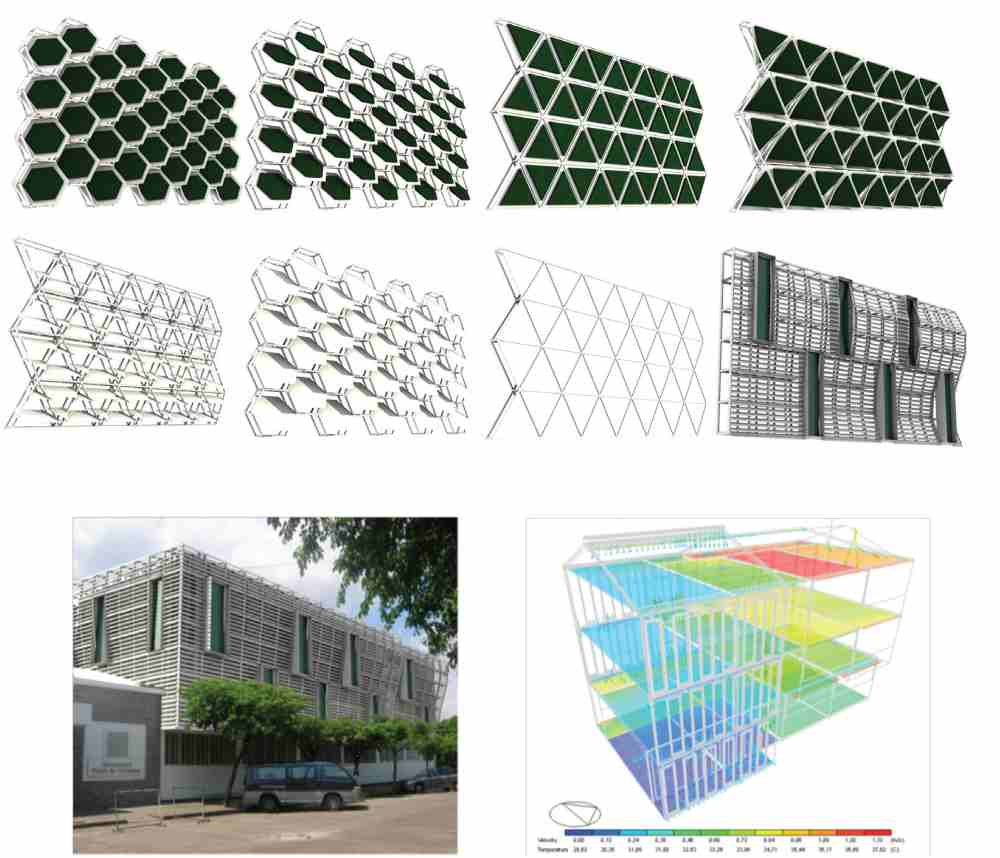
Christy Paul Joseph
Manipal Academy of Higher Education, Dubai
Title: Eco-Panelling: Parametric solutions for façade configurations
Biography
Biography: Christy Paul Joseph
Abstract
Eco-Panelling is about the development of building envelope solutions for tropical humid climates involving passive control of thermal gains on their surfaces, allowing for better internal conditions and thermal comfort without the use of thermal machine. Environmental principles, design and technological aspects are specifically defined based on the peculiar conditions (ego climatic, technological of biodiversity and economic) present in the Middle Eastern low altitude regions, marked by constant high temperatures. Thermal and CFD simulations orient the process of experimental verification through parametric design. Within the design component presented here; different stages of development can be defined. It involves a wide literature review and the analysis of various façade configurations, placing emphasis on those solutions of a local nature and responding to the climatic conditions of the particular case of interest i.e. hot and humid climates. A number of designs were compiled and 3D modelled for the purple of analysis. Following that, a general structure was proposed guided by 3 main determining factors: functional, technological and environmental. Each group had specific factors and was translated into design possibilities but the changing parameters, their relative values and simulation based evaluations producing a conceptual parametric structure. Having defined and developed the parametric design structure the final stage looks for a particular implementation of such model where the generic values given to materials nad design technologies will be replaced by commercially available, low embedded and energy components that showed high performance levels in pre evaluations of their environmental and functional behaviour.
Image:

Figure : Examples of geometrical configurations produced from the parametric definition, and CFD analysis of an application to the selected building, half with the original cladding, half with a generated system using non coplanar elements in clay. The simulation for the 21st of June (hottest day) indicates a 4ºC temp. difference in favour of the generated solution. (Hausladen, 2008)
References
1. Walter Isaacson. (2017). Leonardo Da Vinci. New Orleans: Simon & Schuster.
2. Hausladen, G 2008, ClimateSkin: Building-skin-Concepts that Can Do More with Less Energy, Birkhäuser, Munich
3. Leighton, M & Bader, S 2010, ‘Responsive shading - Intelligent façade systems’, Proceedings of the 30th annual conference of the Association of Computer Aided Design in Architecture ACADIA, New York,. pp. 263-269
